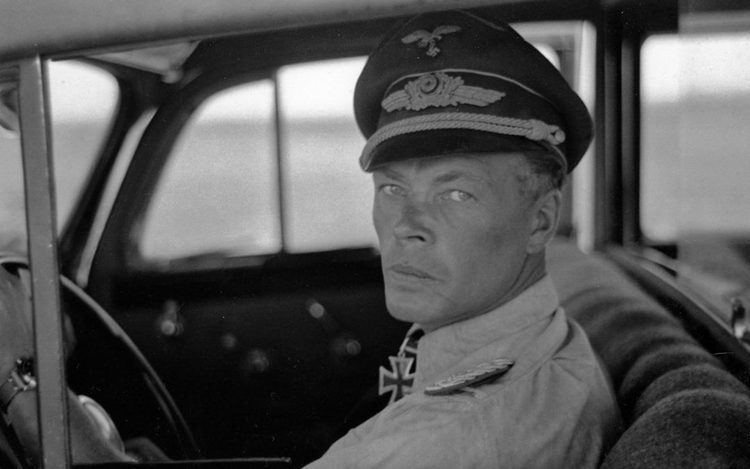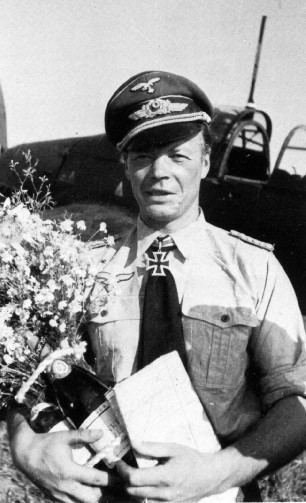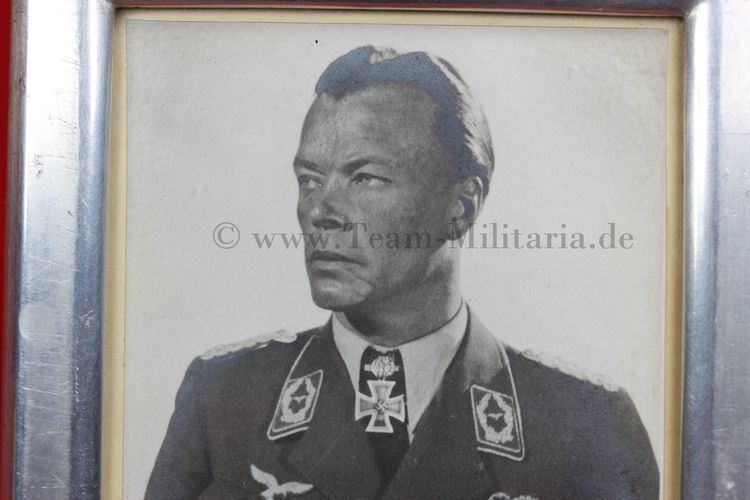Years of service 1928–43 | Name Ernst Kupfer Commands held StG 2 | |
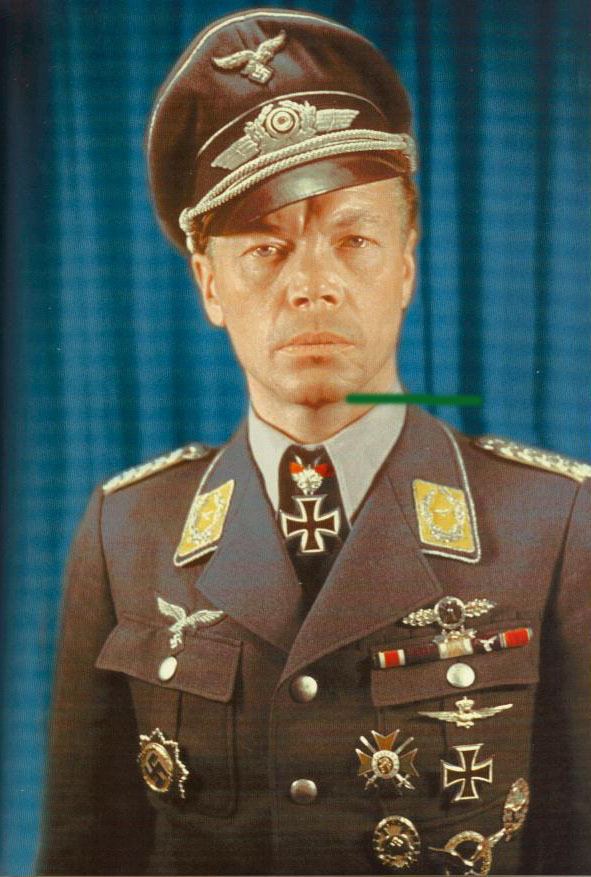 | ||
Born 2 July 1907Coburg ( 1907-07-02 ) Battles/wars World War IIBattle of BritainBattle of CreteOperation BarbarossaBattle of StalingradBattle of Kursk Battles and wars Battle of Britain, Battle of Crete, Operation Barbarossa, Battle of Stalingrad, Battle of Kursk, World War II Service/branch German Army (1928–1939), Luftwaffe (1939–1943) | ||
Ernst Kupfer (2 July 1907 – 6 November 1943) was a ground-attack pilot in the Luftwaffe of Nazi Germany during World War II who commanded a wing (StG 2) of Stuka aircraft. He was a recipient of the Knight's Cross of the Iron Cross with Oak Leaves and Swords.
Contents
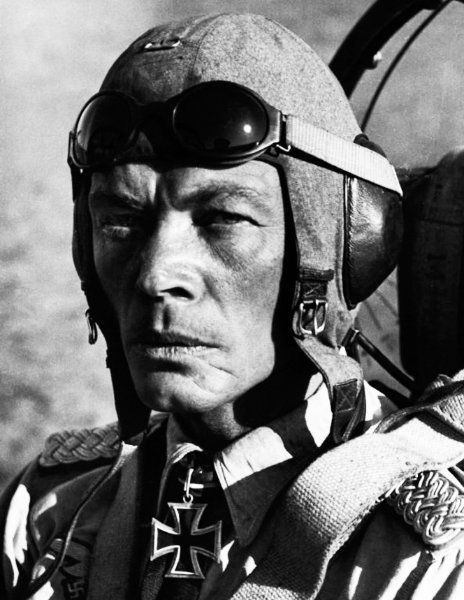
Career
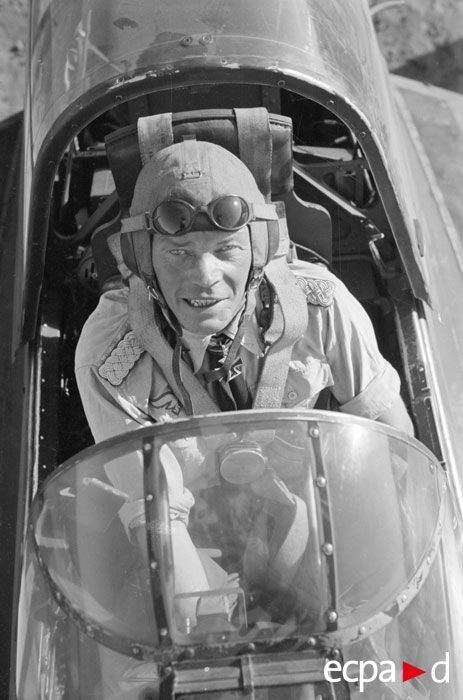
On 1 October 1928, Kupfer joined the military, serving with the Bavarian Cavalry Regiment 17, 5th Escadron. From 1 May 1936 to 3 March 1937, he returned to university in preparation for his Dr. jur. degree (Doctor of Law), which he attained on 4 March 1937.
Kupfer was appointed acting Geschwaderkommodore (Wing Commander) of Sturzkampfgeschwader 2 (StG 2—2nd Dive-Bomber Wing) on 13 February 1943. He led StG 2 in the battles of the Kuban bridgehead and Operation Citadel. In April and May, several other fighter and ground attack groups augmented his command. Following the failure of Operation Citadel in July 1943, he took command of all local ground attack units, named Gefechtsverband "Kupfer" (Combat Detachment "Kupfer"). He flew 636 combat missions and was shot down three times, all by ground fire.
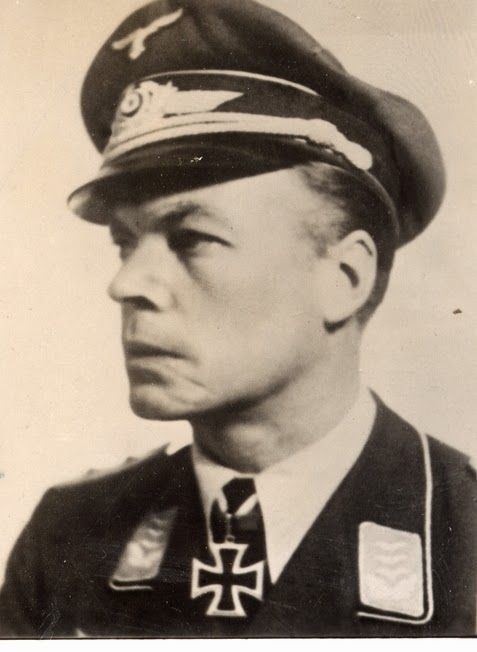
In September 1943, Kupfer was appointed inspector of the attack aircraft (General der Schlachtflieger) and promoted to Oberstleutnant. In this role he handled the procurement of the Focke Wulf Fw-190, which was to replace the old obsolete Junkers Ju 87 and especially the Henschel Hs 123. For this purpose he flew and visited a number of Schlachtgeschwader (ground attack wings) to meet with the various Geschwaderkommodore (wing commanders). He visited Oberstleutnant Kurt Kuhlmey, commander of Schlachtgeschwader 3, in early November 1943 and was killed when his Heinkel He 111 crashed returning to his base in bad weather on 6 November 1943. His body lay undiscovered until 17 November. He received a posthumous promotion to Oberst (Colonel) and was posthumously awarded the Knight's Cross of the Iron Cross with Oak Leaves and Swords.
Awards
